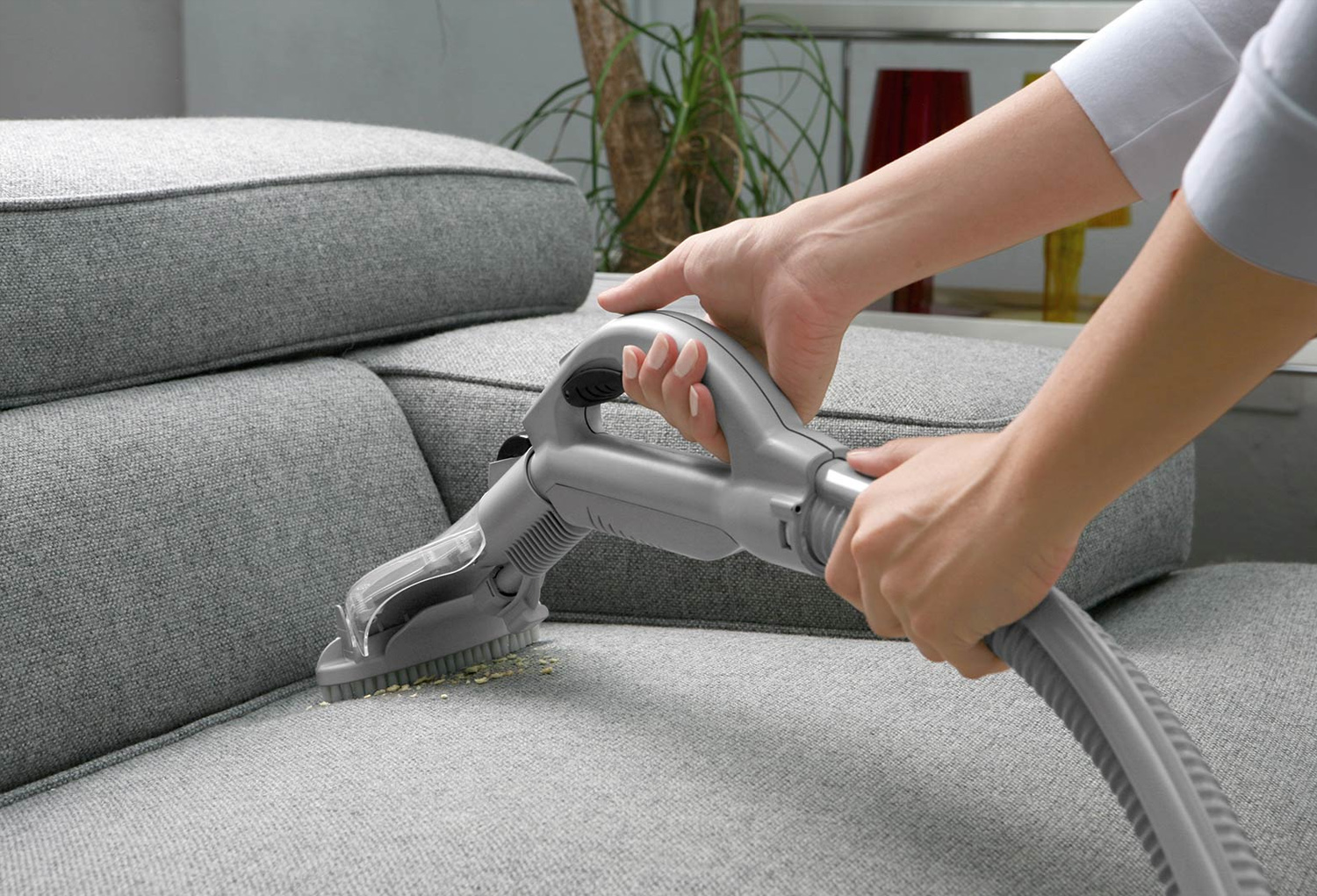Understanding Your Fabric: The Foundation of Effective Cleaning
Before diving into the cleaning process, it’s crucial to identify the type of fabric your sofa is made of, as different materials require tailored cleaning methods. Common sofa fabrics include cotton, linen, microfiber, synthetic blends, leather, and velvet. Natural fibers like cotton and linen are more susceptible to water stains, while synthetic materials like microfiber are generally more resilient. Leather sofas demand specialized care products to maintain their suppleness. Always check the manufacturer’s label for cleaning codes (W for water-based cleaning, S for solvent-based, WS for either, and X for vacuuming only) to avoid damaging your furniture.
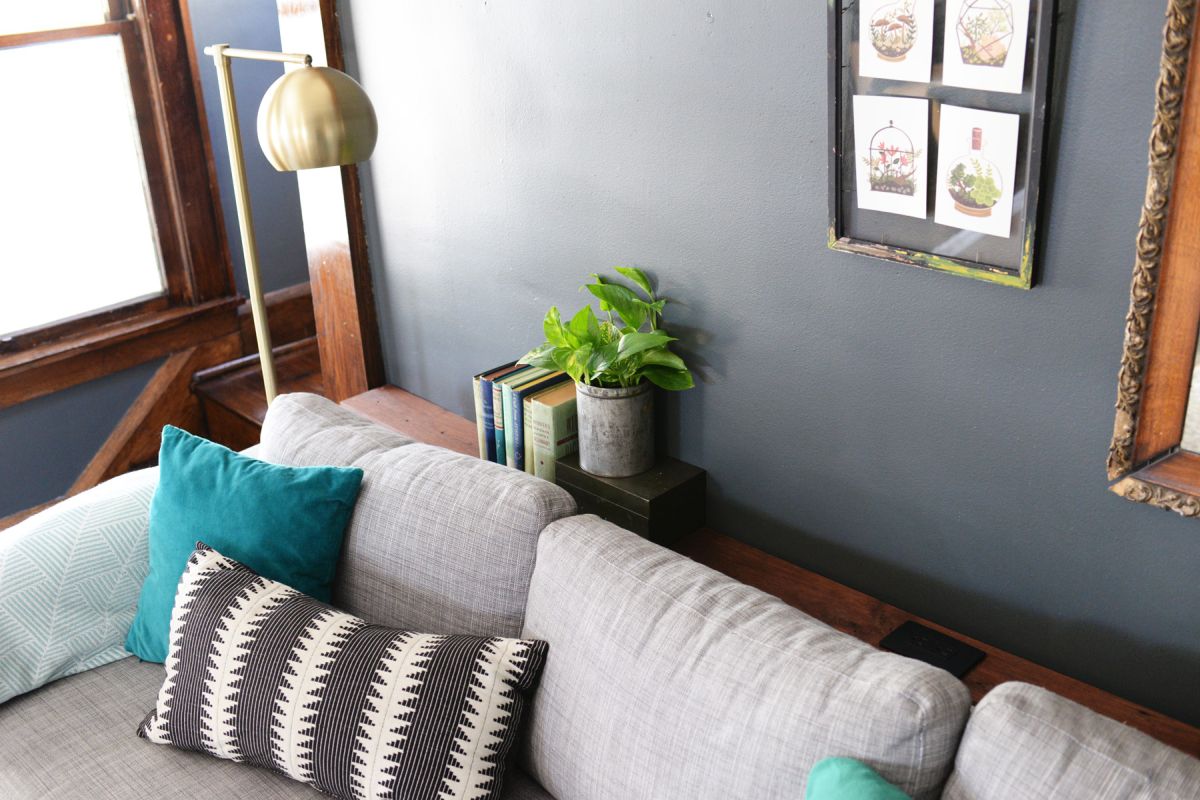
Pre-Cleaning Preparation: Safeguarding Your Surroundings
To ensure a smooth cleaning experience, begin by removing all loose cushions and vacuuming thoroughly with a brush attachment to eliminate surface dust and debris. Slide a piece of cardboard or plastic under the fabric you’re about to clean to protect the underlying structure from moisture. It’s also wise to perform a spot test on an inconspicuous area before applying any cleaning solution to verify that it won’t harm or discolor the fabric.
Dealing with Stains: Tactical Approaches for Different Spills
Stains demand immediate attention to prevent setting. For water-safe fabrics (code W or WS), mix a gentle detergent solution (a quarter teaspoon of mild liquid soap per liter of warm water). Apply this solution with a soft-bristled brush or sponge, working from the outside in to avoid spreading the stain. Blot with a damp cloth until the stain lifts. Grease or oil stains on code S fabrics respond well to rubbing alcohol or a dry-cleaning solvent, applied sparingly with a clean cloth. Remember, patience is key when dealing with stubborn stains; repeat the process gently until the mark disappears.
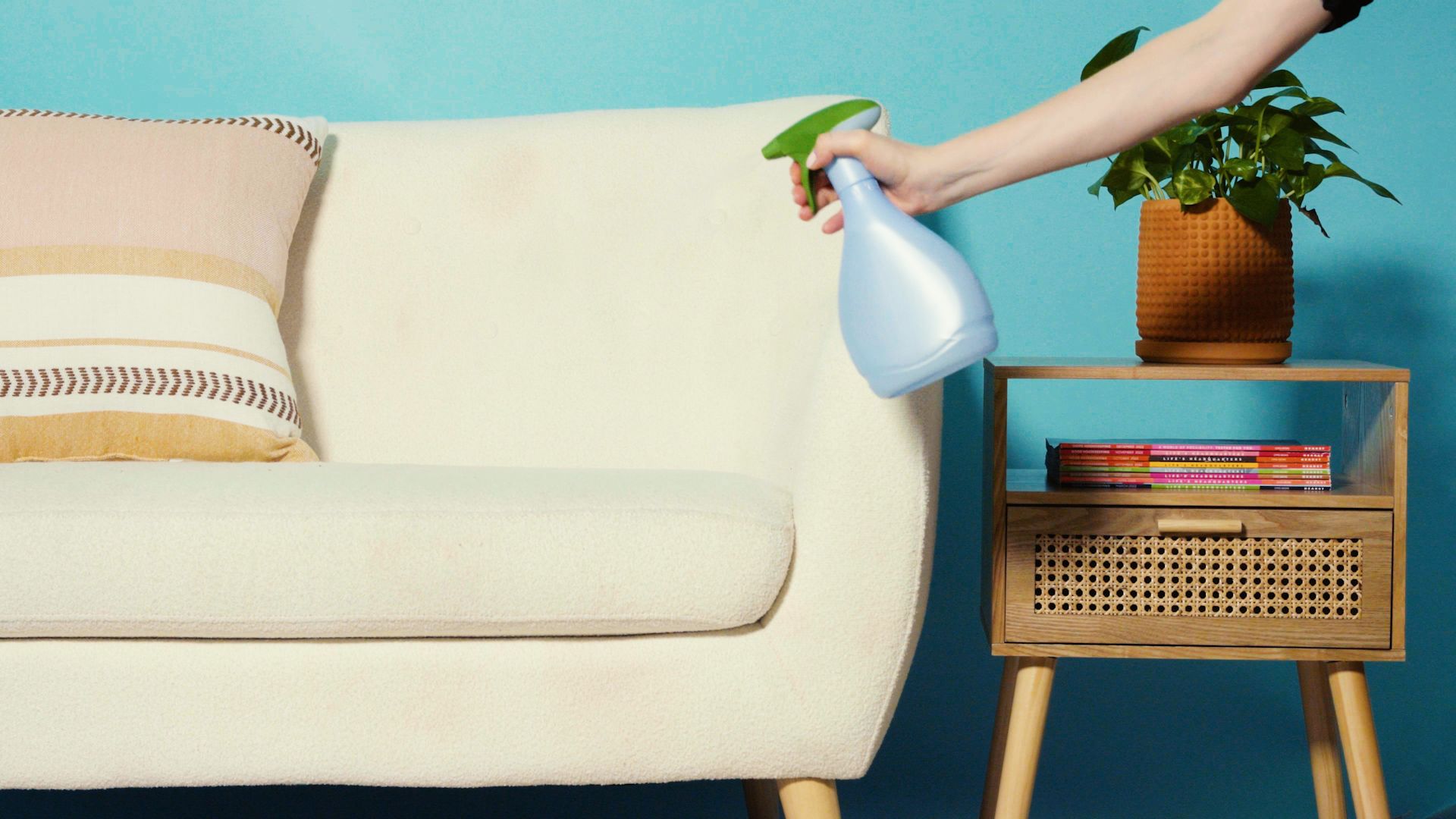
Deep Cleaning Techniques for a Pristine Finish
For a comprehensive sofa refresh, consider renting a steam cleaner for water-safe fabrics. The hot water extraction method can deeply penetrate and sanitize your sofa, removing ingrained dirt and odors. Be sure to follow the machine’s instructions carefully and use the appropriate upholstery attachment. Alternatively, if your sofa allows for vacuum attachments, use the upholstery tool with a gentle suction setting to lift embedded dust and allergens from the fabric weave. Microfiber sofas benefit from a slightly dampened microfiber cloth to wipe down the surface, followed by a dry cloth to restore the texture.
Tackling Special Cases: Leather and Velvet Maintenance
Leather sofas require a gentler touch. Regular dusting with a dry microfiber cloth keeps the surface clean. For stains, use a specialized leather cleaner, applying it with a soft cloth in circular motions. Follow with a leather conditioner to keep the material supple and prevent cracking. Velvet, being a delicate and pile-oriented fabric, should only be cleaned with a gentle brush or by using a steamer at a safe distance to refresh the nap without damaging it. Avoid wet cleaning velvet unless absolutely necessary, and if so, seek professional assistance.
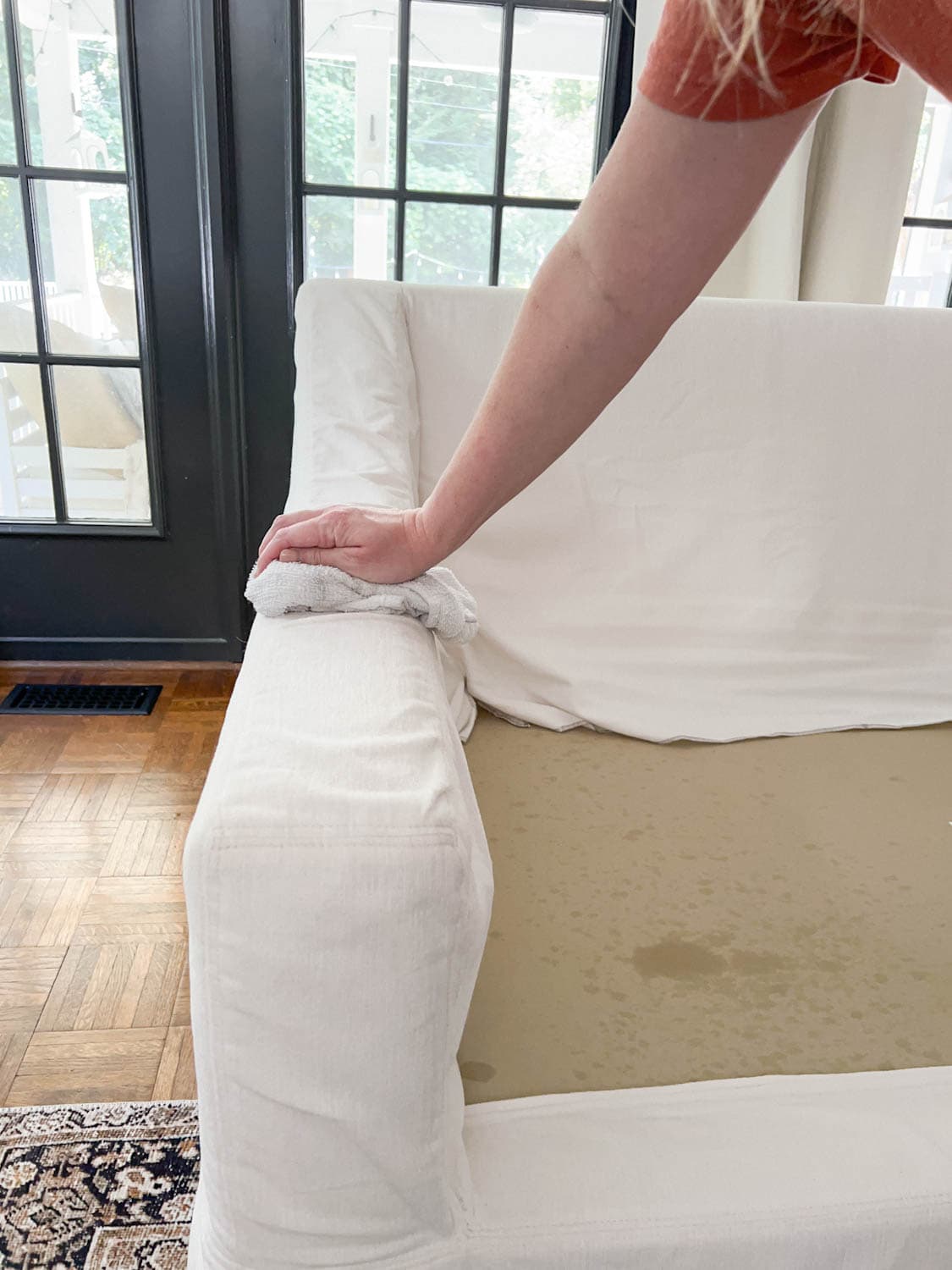
Post-Clean Care: Finishing Touches for Longevity
After cleaning, allow your sofa fabric to air dry completely, ideally with windows open for good ventilation. Direct sunlight can fade colors, so position it away from harsh light sources during the drying period. Once dry, fluff up any flattened areas on cushions or pillows, and rearrange them to maintain the sofa’s shape. Regular maintenance, including weekly vacuuming and prompt attention to spills, will help preserve your sofa’s cleanliness and prolong its lifespan.
Preventive Measures: Guarding Against Future Stains
To minimize future cleaning needs, consider investing in sofa covers or throws that can be easily washed. Using a fabric protector spray specifically designed for your sofa’s material is another proactive step, creating a barrier against spills and stains. Additionally, avoid eating or drinking on the sofa whenever possible, and train pets to stay off to reduce incidents of accidental damage.
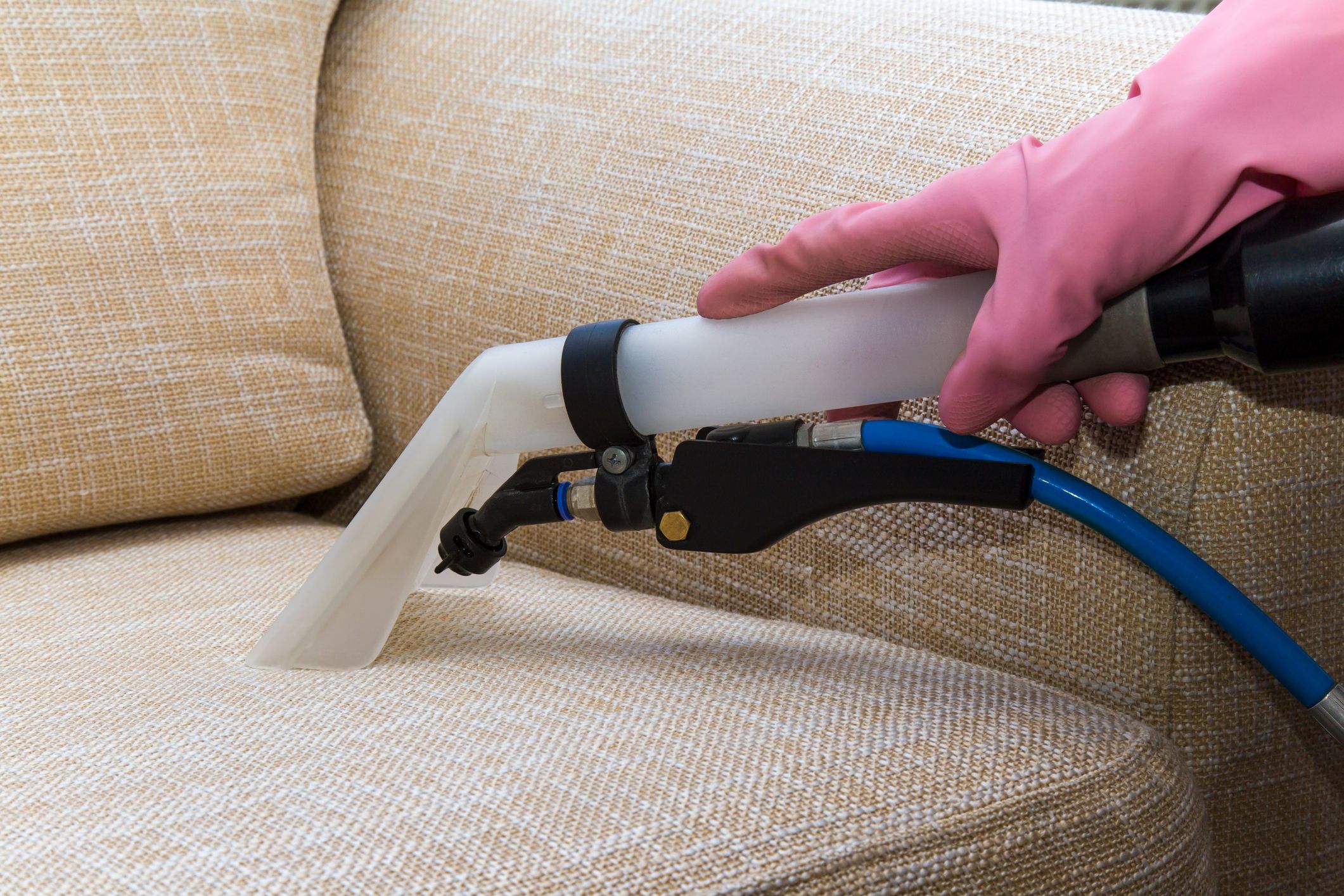
Professional Help: When to Call in the Experts
While DIY cleaning can be highly effective for routine maintenance, some situations call for professional intervention. Stubborn stains that refuse to budge, delicate fabrics like silk or antique pieces, and deep-set odors are best handled by experts who possess specialized knowledge and equipment. Attempting to tackle these issues yourself risks causing irreversible damage, outweighing the cost savings.
Suede Sofas: The Delicate Dance
Suede, with its velvety texture, requires meticulous care. For light cleaning, use a suede brush to gently lift dust and dirt.Stubborn stains demand a suede cleaner applied with a soft sponge, working in a circular motion and following the grain. Always test any cleaner on an inconspicuous area first. After cleaning, restore the nap with a suede eraser or brush. Remember, prevention is key—using a suede protector spray can significantly reduce future cleaning needs.
Silk Elegance: Gentle yet Effective Cleaning
Silk sofas exude luxury but demand gentle handling. Vacuum regularly with a low suction setting or a brush attachment. For spot cleaning, lightly dampen a microfiber cloth with cold water and mild soap, testing on an unseen part before proceeding. Blot, never rub, to avoid damaging the fibers. Dry immediately with a clean cloth, avoiding direct heat. Professional cleaning is often recommended annually to maintain silk’s luster and prevent damage from improper cleaning methods.
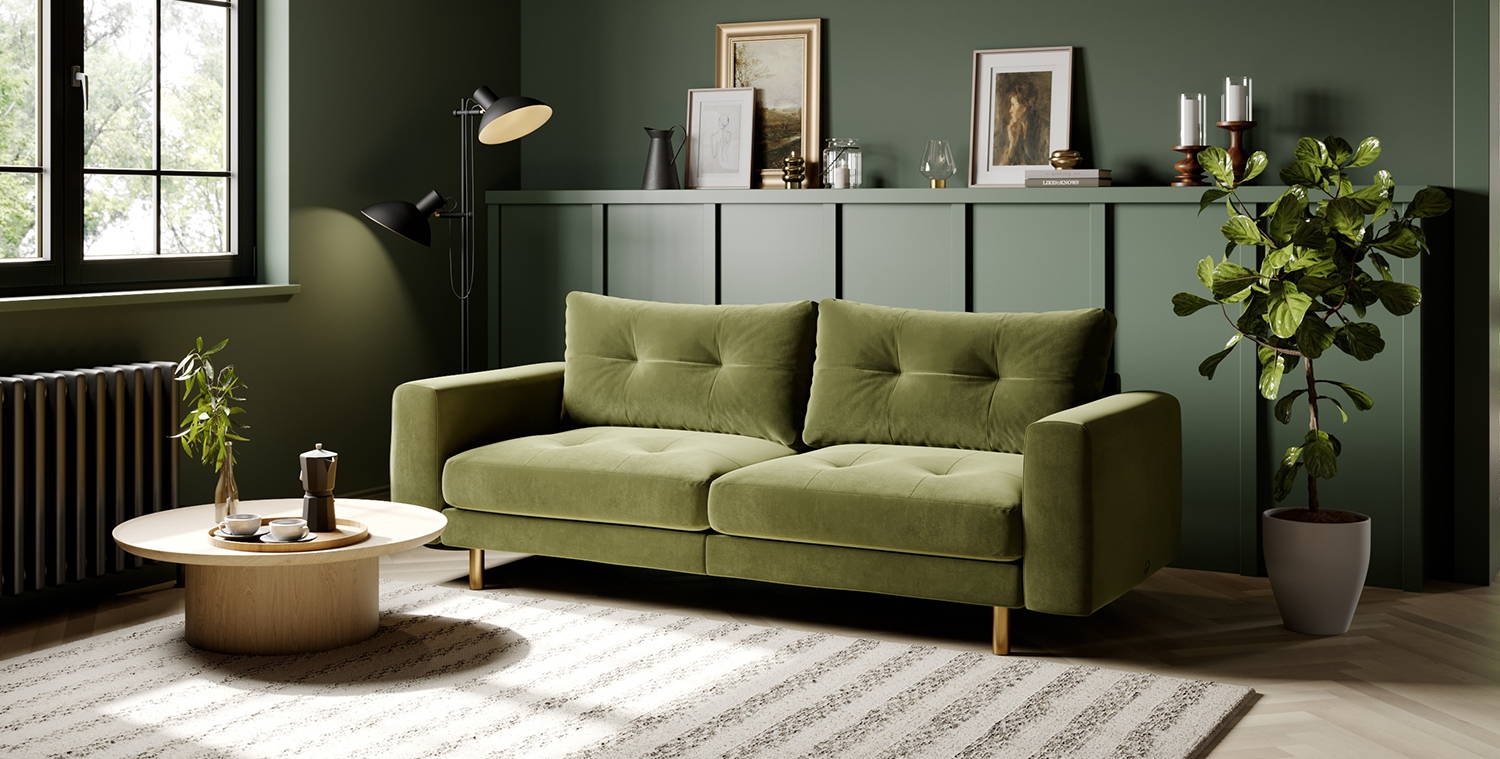
Outdoor Fabric Fortitude: Resilience Meets Maintenance
Outdoor sofas crafted from materials like Sunbrella® fabric are designed to withstand elements but still need care. Regular hosing down with a gentle spray is ideal, followed by air-drying. For stubborn dirt, mix a solution of mild detergent and water, apply with a soft brush, and rinse thoroughly. Avoid bleach and harsh chemicals, which can degrade the fabric’s UV resistance. Periodically inspect and clean seams to prevent mold and mildew growth.
The Art of Slipcover Care
Slipcovered sofas offer easy cleaning convenience. Most slipcovers are machine washable; follow the care label instructions closely regarding temperature and drying settings. To maintain shape, wash and dry with similar items, and promptly put them back on when slightly damp to ensure a snug fit. Consider having a spare set for rotation during washing or for seasonal changes.
In conclusion, mastering the art of sofa fabric cleaning involves understanding your furniture’s specific needs, employing the right techniques, and maintaining a proactive approach to care. With these expert tips, you can confidently restore and maintain the beauty of your sofa, ensuring it remains a comfortable and inviting centerpiece in your home for years to come.
